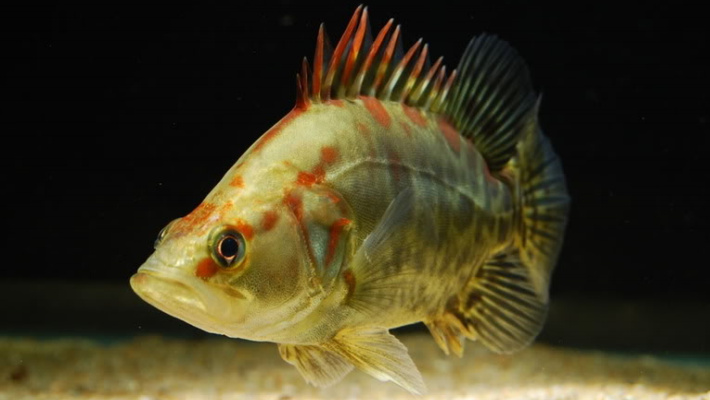In 1997,
Ivlev has published the results of his laboratory feeding experiments with several tens of common carp, Cyprinus carpio, divided into four
training groups. In training Group 1, fish were fed only chironomidae larvae (bloodworms), in Group 2
sideswimmers, in Group 3 water louses, and in Group 4 freshwater molluscs,
respectively.
After 10
days of training, fish of each group were moved on mixed, four-component diet contained
the foregoing food items in equal parts. Interestingly, in this
mixed diet fish selected predominantly familiar foods, remembered by them in the 10-day training
period (see Table). Table. Indexes of food electivity in common carp trained before to eat one species of food (Ivlev, 1977)
Food
|
Group 1
index of electivity
| Group 2
index of electivity
| Group 3
index of electivity
| Group 4
index of electivity
|
Bloodworms,
Chironomus plumosus
| + 0.37
| + 0.19
| + 0.10
| + 0.12
|
Sideswimmers,
Corophium chelicorne
| - 0.13
| + 0.28
| - 0.19
| - 0.21
|
Water louses,
Asellus aquaticus
| - 0.15
| - 0.17
| + 0.28
| - 0.20
|
Freshwater molluscs,
Limnaea ovata
| - 0.54
| - 0.56
| - 0.51
| + 0.20
|
In trophic ecology, this phenomenon is named an acquired food electivity (acquired feeding electivity).
Generally, an index of food electivity, denoted by letter E, can range from -1 (absolute rejection) to +1 (absolute preference). E=0 means that some food is not rejected and is not preferred (that is this food is indifferent on electivity for an eater).
In general and applied ethology, the same phenomenon is considered in the terms of search image. An acquired serch image forms in the long-term memory of an animal during its learning (both in the nature or laboratory) and is used further as an etalon (template, specimen) to collate the receiving perceptual information. Without constant verification, an acquired serch image is forgotten within some time period.
In our context, search images can form in respect of food or live prey, their colors, odors and other stimuli.
In common carp (Ivlev, 1977), approximately 1.5 week of training is needed to form the relatively stable search images (with indexes of food electivity more than +0.20, see Table). Fish can switch from one search image to another, but after the corresponding training (learning). To form the more stable search images (with indexes of food electivity no less than +0.80), approximately 1 month of training is needed (Ivlev, 1977).
Basic References
Ivlev V.S. 1977. An experimental ecology of fish feeding. Naukova Dumka, Kyiv
|








 SUBSCRIBE
SUBSCRIBE


